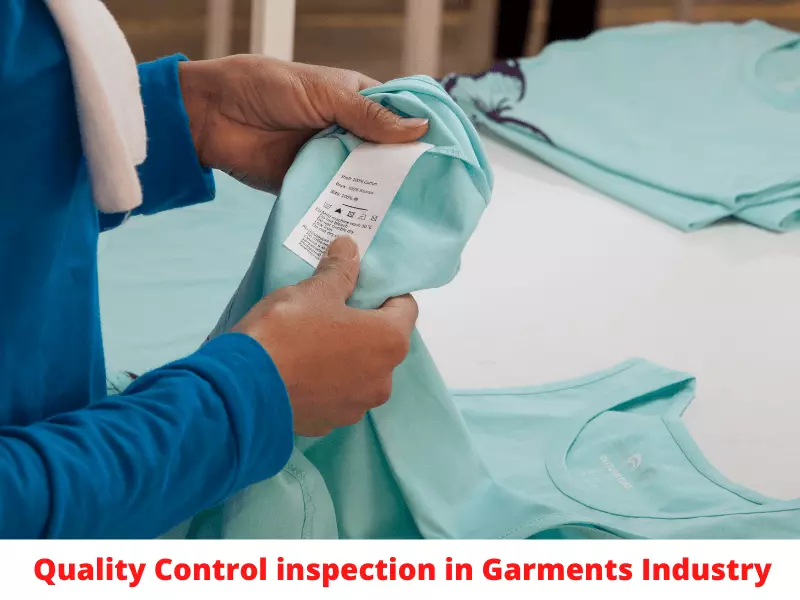Quality is the 1st first criterion to find out product performance in garments and any other product, people very often discuss the quality measuring metrics. Here we are discussing PPM, defects, defects %, defective and defective %.
Defect, Defects %, Defect Rate or DHU
A defect is an imperfection of a material, part, or product that does not meet a certain standard or requirement. DHU is defects per hundred units and defects percentage or rate is also meaning the percentage of defects, the same thing as DHU. In this case, one product may have one or more defects, all the defects will be counted to calculate the percentage of the defects.
Example of Defect percentage (%) Calculation, if we have 654 defects out of 23,920 inspections what would be the Defect %?
Defect%= (Total Defects / Total inspected product) *100
Defect % = (654/23,920) *100
= 2. 734113%
Defective and Defective %
Defective is the number of products that have defects, the number of defects in one product will not be counted here.
Example of Defective percentage Calculation, if we have 521 defects out of 23,920 parts what would be the Defective rate?
Defective % = (Defective products / Total inspected products) *100
Defective % = (521/23,920) *1,000,000
Defective % =2.18%
Defects PPM- Parts per Million
In order to bring more control in quality improvement and results, PPM calculation gives us better data than the defect percentage-based data. Nowadays many industries and customers use PPM metrics to determine quality performance. Find key performance indicators (KPI) in PPM is an easy metric to evaluate. But DHU calculation is still very much popular in apparel, footwear, and a few others industries. PPM stands for Parts per million, which we can call DPPM which means Defect parts per million, 1/1000000. Defects PPM is just the number of Defects per million inspections.
Example of PPM Calculation: if we have 453 defects out of 69,950 inspected parts what would be the PPM?
Parts Per Million (PPM) = (Defective Parts / Total Parts) *1000000
PPM = (453/69,950) * 1,000,000 PPM
=6,476.054 PPM
Calculation Formula of PPM, Defects %, and Defective %
Parts Per Million (PPM) = (Defective Parts / Total Parts) *1000000
Defect%= (Total Defects / Total inspected product) *100
Defective % = (Defective products / Total inspected products) *100

Defects vs Defective – What’s the difference?
Defects are the total number of defects from all defective parts and defective is the total number of failed or non-conformance parts from total inspection. Defective % will never be more than defect %, and defect% will be more than defective % or equal.
For example, out of 790 inspection quantities, we got defects in 35 pcs, but the total defects are 47 pcs in 35 defectives. So here defects are 47 pcs, defectives are 35.
Difference between defects percentage (%) and PPM
The percentage data is coming in numbers of 100 pcs inspection basis, PPM showing the number of defects in million inspections. I want to discuss here how PPM works in quality metrics.
If our defect % is less than 1%, (10,000 PPM), as the quality expectation is increasing then the expectation may have increased to 0.1% or 1,000 PPM. Now the rate for most automotive components is targeted at 25 PPM or 0.0025%, that is meaning you accept 25 defects in every million inspections. So calculating 25 PPM in percentage is very tough.
To calculate: For example, let’s say we had 25 pieces defective in a shipment of 1,000 pieces. 25/1000= .025 or 2.5% defective. .025 X 1,000,000 = 25,000 PPM.
So the PPM metrics give us absolute clarity on quality results when the defects are so less. In Quality KPI, management set some targets that should be improved after every year. For Example, in-process defects PPM, raw material defects PPM, Final inspection defects PPM, Customer complaints PPM, Rejection PPM, etc.


